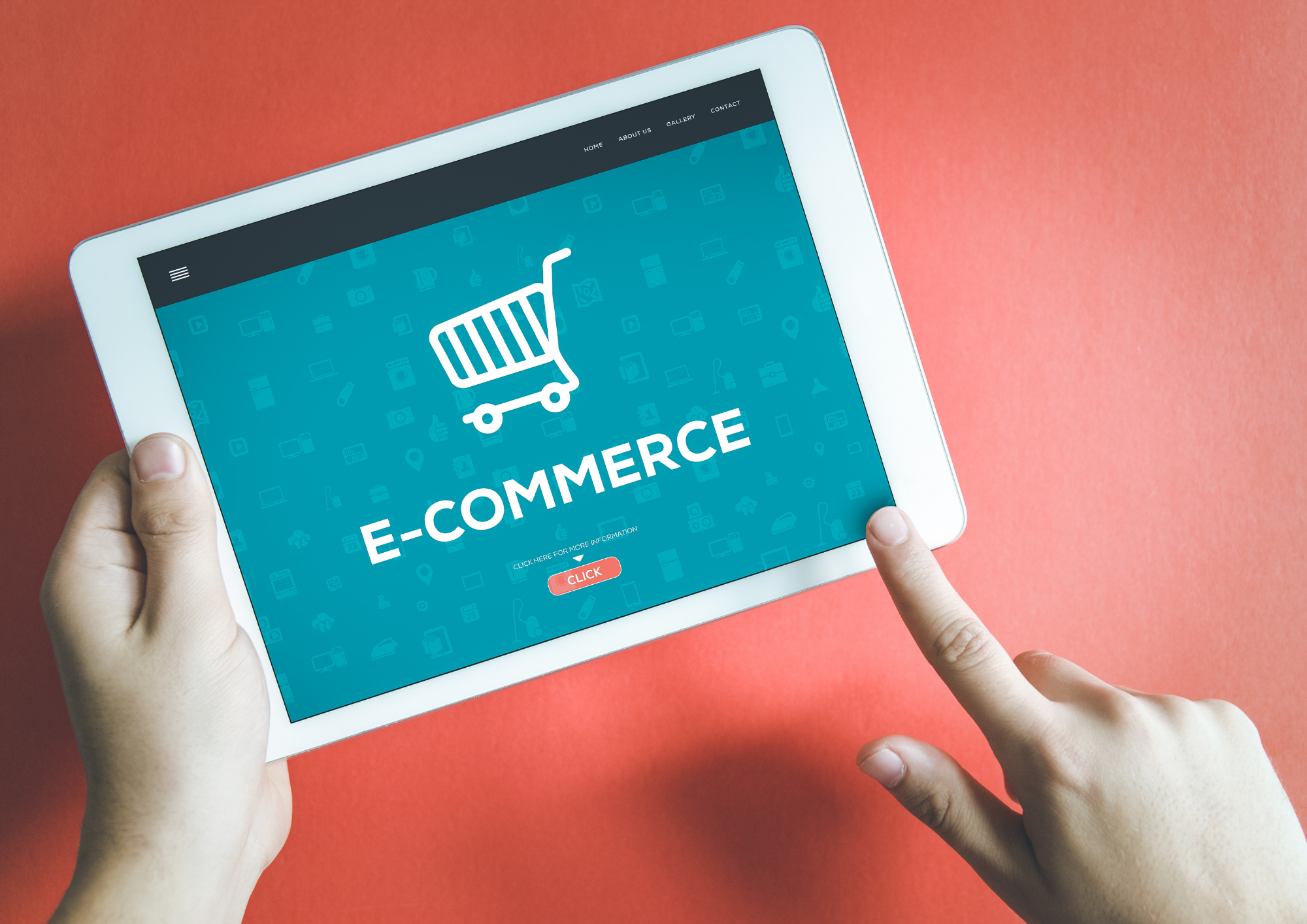1st quarter 2022: e-commerce finds its growth in services

After two tumultuous years that were very favourable to e-commerce, the figures for thefirst quarter of 2022 announce a pause, at least in the B to C sector. The B to B sector is returning to high growth levels. Deciphering the latest trends...
E-commerce trends are being closely scrutinised for several reasons. Firstly, e-commerce impacts on delivery and the transport sector, particularly parcel delivery networks. E-commerce is also a major source of growth for many last-mile and urban logistics players. In addition, the growth of e-commerce contributes to the dynamism of logistics real estate.
In 2020, e-commerce had experienced exceptional growth of 32%, increasing the share of consumption in the total economy from[1]The share of consumption generated by this form of commerce rose from 9.9% to 13.4% in a single year. Many observers expected a fairly logical downturn from 2021. This has not been the case. Physical products sold on the internet grew by 7% during this period. The first figures for 2022 have just been published. What are the trends? What can we learn from them?
A mixed first quarter
Compared to the same period in 2021, the sector's growth is 11.8%, which may suggest an almost linear continuation of the trend seen over the past decade. However, this growth masks two contrasting developments. Services, which had suffered during the COVID-19 crisis, have returned to a very high level and have grown by 43% over one year. On the other hand, physical products sold on the internet, which result in logistics platforms and parcels delivered to individuals, are experiencing a 12% drop compared to the first quarter of 2021.
This sudden drop comes after a period of strong growth in the sector. However, it still puts the e-commerce sector at a very high level, 15% higher than the figure for the first quarter of 2020. Moreover, e-commerce sales from January to March 2022 are 20.4% higher than in the same pre-coronavirus period of 2019.[2]. Taking a step back, the sector is therefore still on an upward trend for the time being.
Another trend that will need to be observed further is that of the average basket. For a decade, the value of the average basket has decreased to €59. Since the COVID-19 crisis, the basket has increased to €62.
But this slowdown in growth is taking place in a fragile economic context. After the health crisis, an international crisis is emerging, which is reflected in a return of inflation for consumers. In this context, e-commerce is regaining favourable arguments for consumers. Indeed, consumer behaviour studies all show that the primary reason for buying on the Internet is to access a wide choice of products at competitive prices. The increase in fuel prices will probably encourage consumers to avoid taking their car for everyday purchases and to favour remote ordering, i.e. on the internet.
Cross-channel is a reality
The habits developed by many consumers during the health crisis persist. Access to choice, the ease of price comparison, but also the fact of being able to consume while using one's vehicle less will be decisive elements in a period of priority given to purchasing power.
Click & collect, ship from store delivery[3] or the drive have often enabled consumers not to abandon the point of sale. The solutions provided by retailers to make cross-channel a source of new commercial offers are bearing fruit. Partnerships between brands are developing, following the example of the 65 Decathlon corners set up in Franprix shops.
B-to-B is back in the black
While the mixed figures for B-to-C e-commerce show a temporary slowdown in the sector's growth, the same cannot be said for B-to-B, which experienced very significant growth in the first quarter of 2022. FEVAD estimates that B-to-B e-commerce grew by 19.6% between thefirst quarter of 2021 and the same period in 2022.
There is no shortage of examples of B-to-B e-commerce success. The Rungis International Market has taken the initiative of a website for professionals, Rungis Market, which was launched recently. In another sector, Coverguard, a security equipment supplier that has relied heavily on e-commerce, has chosen to set up in the Lyon region, in Mionnay, on a 13,000 m² site that will be delivered in the spring of 2023.
The current period has the particularity of placing the customer, whether a company or a consumer, in front of fundamental choices. E-commerce will continue to grow at a high rate by focusing on its advantages: logistical and environmental performance, product choice and price competitiveness. The major players in the sector, such as La Redoute, which recently chose to set up a 110,000 m² platform on the E-Valley site, are not mistaken in taking logistical positions for the future. Delivery from products within a shop's radius allowing for rapid service in a local area